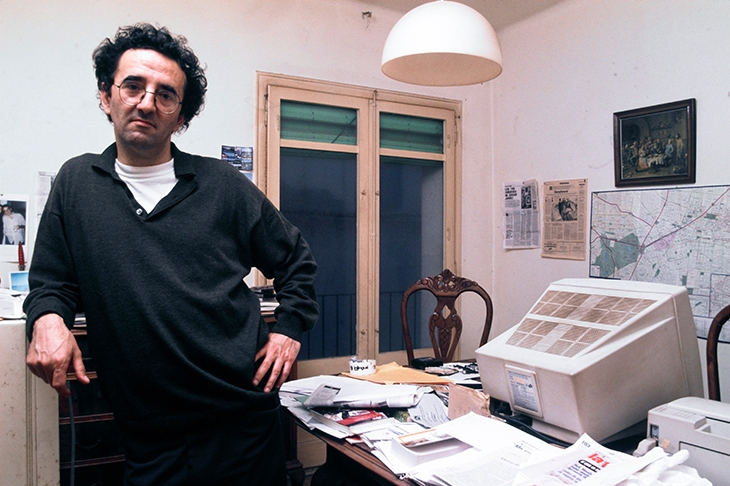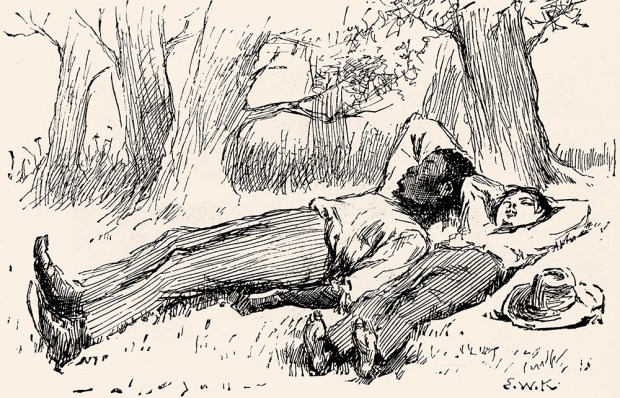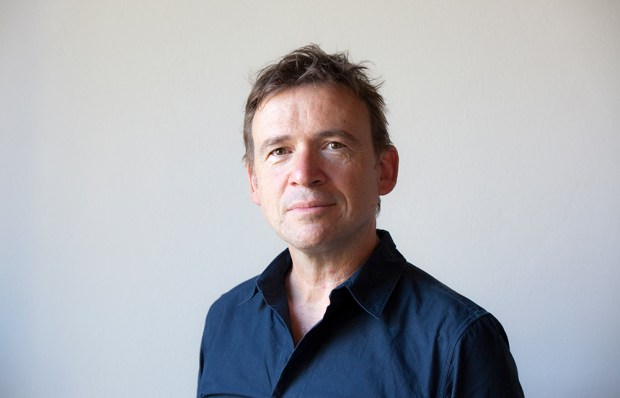This might seem an odd confession, but the work of Roberto Bolaño gives me very good bad dreams. When I first read his epic masterpiece 2666 I had three nights of fractured nightmares. This happened with every other book as well — usually dreams about reading a book by Roberto Bolaño, except the words melt and shift and are land mines or tripwires on the page. It happened again with Cowboy Graves: 3.08 a.m., and I’m re-reading the central piece, convinced there is a character and a scene in it that doesn’t exist.
In an eloquent afterword, Juan Ródenas gives a plausible reason for Bolaño’s seeming capacity to hack the subconscious. He refrains from calling these posthumous works by Bolaño ‘fragments’, referring instead to ‘puzzle pieces’ that ‘always lead us back to the larger body of his work’. In the central story, ‘French Comedy of Horrors’, the surrealist André Breton supposedly tells the aspiring artists:
It’s a novel (like all novels, really) that doesn’t begin in the novel, in the book object that contains it, understand? Its first pages are in some other book, or in a back alley where a crime has been committed.
What are these texts? Drafts? Abandoned ideas? They link with Bolaño’s oeuvre of secretive aesthetic movements and criminal conspiracies, the coup against Allende, certain characters — there is, for example, a Dr (Mrs) Amilfitano, a name from two other works, a shapeshifting Belaño, one part of one story reworked as part of Last Evenings on Earth and more.
These infernal, internal references are infuriatingly tantalising, especially if, like me, you want a solution and are terrified this is a Latin American Voynich Manuscript, and the secret is that there is no secret. The eponymous first part is a disjointed Bildungs-roman, and although the jacket flap mentions a return to the Chilean revolution, that is the least and most bathetic part of it. The second fragment is set in French Guiana, and the unpublished poet narrator is invited to join the clandestine surrealists via a chanced-upon ringing payphone. Finally we have a series of prose sketches that may or may not be related, including such typically Bolaño-style images as a Messerschmidt writing the poems of a dead woman in the sky.
Perhaps it also holds the key to Bolaño’s need to disorientate the reader:
We’ve progressed from the perfect execution to the concentration camp and the atomic bomb. We seem to have stomachs of steel, but we’re not ready to digest child-killing cannibalism… We’ll accept it eventually, but not yet.
In 2666 the reader was lured into thinking the spate of murders of women must be the work of one genius killer, rather than the making obvious of a systemic and ubiquitous misogyny. The child-organ gang in ‘Fatherland’ is a similar shock. The horror is not something hidden, but something hidden in plain sight. The last words in the book are the strangest. We get meticulous notes on the computer file names, manuscripts and disks from which these works were retrieved and by which dates were assigned, a bibliographical first for me. Conscientious, except it raises the idea that in a dot-doc, somewhere, the figure in the carpet is made clear.
Got something to add? Join the discussion and comment below.
Get 10 issues for just $10
Subscribe to The Spectator Australia today for the next 10 magazine issues, plus full online access, for just $10.
You might disagree with half of it, but you’ll enjoy reading all of it. Try your first month for free, then just $2 a week for the remainder of your first year.














Comments
Don't miss out
Join the conversation with other Spectator Australia readers. Subscribe to leave a comment.
SUBSCRIBEAlready a subscriber? Log in